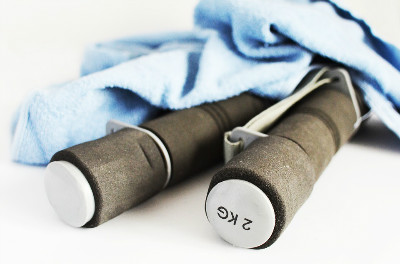10% Rule
1.Never increase your volume by more than 10% per week
2.Always warm up with easy cardio before your ever stretch for a MINIMUM of 10 minutes at 50-60% of max HR. The more intense the workout the more of a warm up you will need
3.10% of your total volume of training should involve functional training like lateral movement patterns, balance exercises, and dynamic stretches in an effort to optimize performance and avoid injury. This is best before and after each workout.
4.If you are attempting to change your form apply the 10/10/10 method. For 10 days practice the new form for 10 minutes in front of the mirror twice a day.

5.On a super hot humid day (above 86 degrees and higher than 80% humidity) add almost 10% additional time to your normal pace.
6.Ice for acute injuries and heat for a chronic injury. It’s best to apply Ice or heat for 10 minutes every hour
7 When you change any equipment, like shoes, bike saddle, or bike you should ease gradually into using the new equipment for the first 10 days.
If you have a 5 mile run and you are wearing new shoes then just run 2 miles and change shoes for the remainder, gradually increasing the volume in which you use the new equipment each workout for the first 10 days.
8.Drink your body weight – here in hot humid Fl in the summer time and as active as you are you should drink your body weight in ounces of water a day so if you weigh 120 lbs you should drink 120 ounces of water a day. During training of 60 minutes or more, START with 10% of your daily water goal per hour.
9.If you are coming back from an injury (more than a week off from training) you should not do any speed work until you have at least 4-6 easy effort training sessions under your belt and 4+6 =10 so there you go the 10% rule is in effect.
10.Training with the use of a heart rate monitor is essential. Your maximum HR is a bio marker and has nothing to do with your age or your fitness level. If you have been accurately tested for your maximum heart rate this means that if you are running at 80% of max HR you will then FEEL like you are at 80% of perceived maximum effort.
Typically your effort from run to bike and run to swim will vary by 10%. So if you are biking at 80% of max HR then you will feel like you are at 90% of perceived maximum effort. And if you are swimming at 80% of max HR it will feel like 90% of perceived maximum effort. Trust me on this. Note the better condition you are in for each discipline, the lower this 10% gap is.
10 more tips!
1.Get a stick. Use a massage stick to activate your muscles as part of your warm up routine
2.For optimal recovery or problem tight muscles use a foam roller as part of your post workout routine
3.Coconut water (the real stuff) is the healthiest thing you can drink when you need more than water.
4.Know the difference between pain and discomfort. I consider something painful when it causes me to alter my normal form. If you feel a nagging pain stop and take 24 hours off of all activity you do in which you feel the pain. If pain persists then take 48 hours off. You may need to take 10 days off to get rid of a nagging pain. You don’t want the nagging pain to turn into an injury.

5.When feeling under the weather it’s best to exercise at low intensity 50-70%maxHR or 50-70% of perceived maximum effort.
6.When you are on antibiotics do not do any speed work or explosive exercises like plyometrics as antibiotics can temporarily compromise the integrity of the tendons and ligaments so risk of injury is greater
7.When feeling a virus coming gargle with salt water every hour to fight it off
8.Sleep is as important as training. As an athlete you need 8-9 hours of solid sleep per night
9.Recover with raw fruits and veggies after a workout. Daily you need to eat 4 fist size servings of raw fruit and 5 fist size servings of raw vegetables.
10.Reserach states one should replace running shoes every 300-500 miles to avoid injury. Personally, I replace my shoes every 500 miles.












